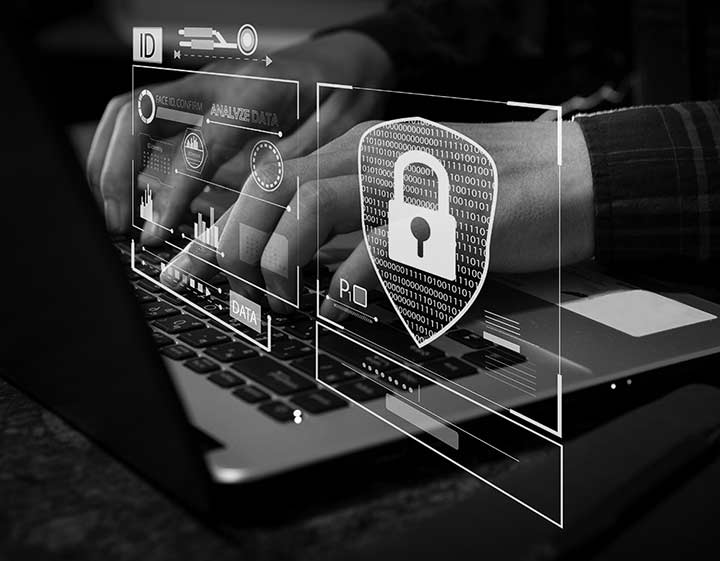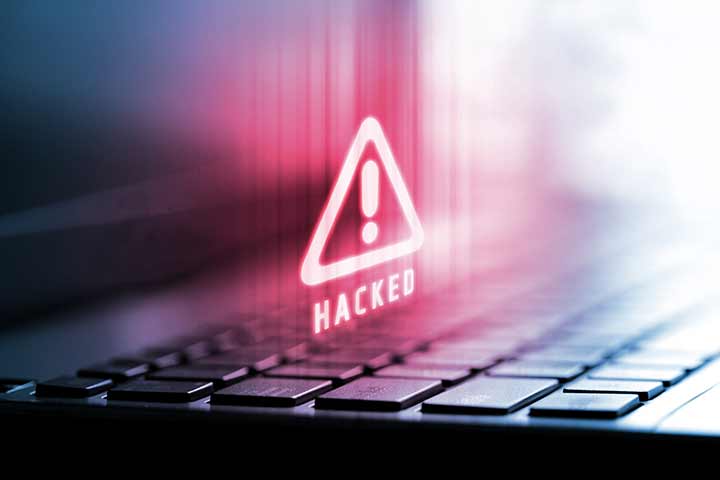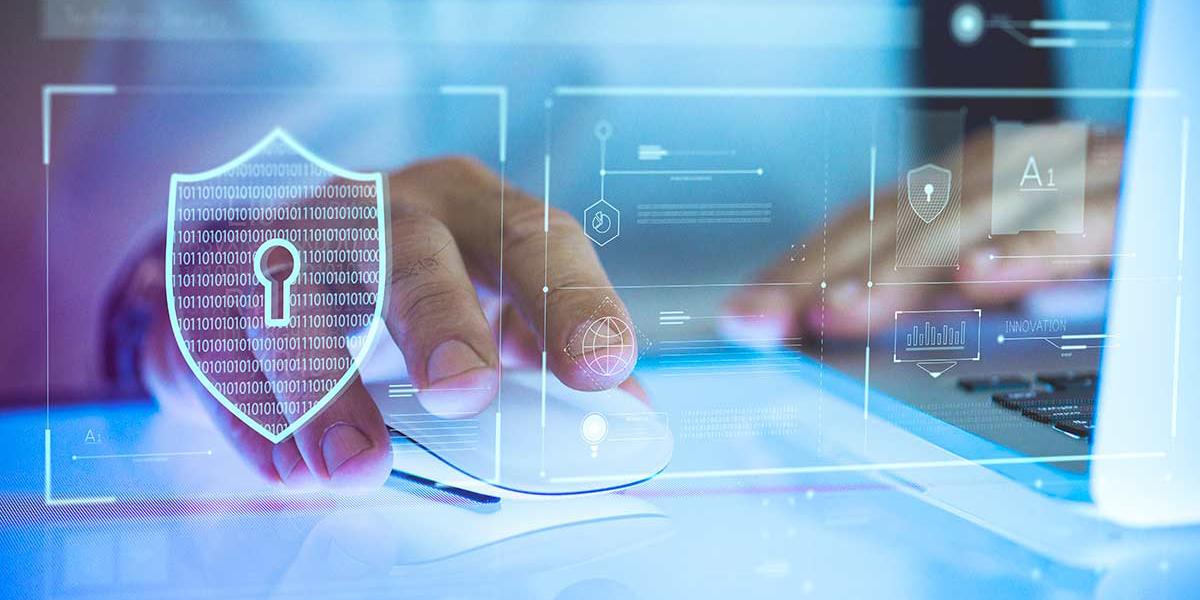The remote workforce is not a new concept. Prior to the Covid-19 pandemic, some businesses had already made the switch to a fully remote or partial work setup. Most of these companies spent months preparing for the transition by training their employees, setting up remote work policies and ensuring the necessary infrastructure was in place to deal with cybersecurity threats.
However, many organizations were forced to make the switch virtually overnight when COVID-19 hit. And what they missed out on was the ability to prepare for such a drastic shift in the way we work. Very few got the chance to fully prepare themselves, which left them more vulnerable to cyberattacks and data breaches. Not surprisingly, this is exactly what cybercriminals are capitalizing on.
According to the latest data from the National Cyber Security Alliance, there was a significant uptick in the number of cybersecurity incidents faced by businesses globally in 2021. The study found that most businesses reported an increase in the number of incidents, with more than 60% of companies indicating that the number of incidents had increased by at least 25%.1
Now, as businesses struggle with whether or how to return to the office, it is increasingly common to see a more hybrid, distributed workplace environment. Many businesses have some sort of unique mix of in-office, hybrid, and remote employees. And business owners and IT leaders are taking a much more intentional approach to how they secure access and protect data.
Risks and consequences of not updating your security protocols and training programs for the hybrid work environment
For starters, your existing protocols and training programs were created in a pre-pandemic world. However, things have since changed drastically. Now, employees access critical company data through connections and devices that are beyond your control, making your company more vulnerable than ever to cybersecurity threats.
Failure to update company security protocols and training programs could lead to the following consequences:
- Employee inaction and dip in morale:
If you don't train your employees to identify or deal with new types of security threats, they may feel helpless or indecisive in the face of an attack. Moreover, being in a remote setting, they may find it hard to ask for support. - Hampered business growth: Cyberattacks hamper your credibility and reputation in the market. This can make it challenging to acquire new customers or retain existing ones because they don't trust you with their information.
- Business paralysis: There has been a massive rise in DDoS attacks over the last few months.2 And such attacks typically lead to website downtime, increased vulnerability, and disruption of business operations.
- Compromise of crucial business information: If you fail to defend yourself, cybercriminals may end up getting away with everything from confidential client data, patents, sales information, business plans and much more.
- Financial implications: According to a 2021 report, the value of ransom demands has gone up, with some demands exceeding over $1 million.3 But paying ransom is not the sole financial implication. A breach could see you lose money, your clients' financial details, your reputation and much more.
- Legal sanctions: If you fail to adequately protect yourself against cyberattacks, you could face everything from consumer lawsuits, hefty fines and sanctions, to even a business shutdown.
How can you secure your remote workforce?
First and foremost, it is important to remember that cybersecurity measures are not a one-time IT project. To protect your company against cyberattacks and data breaches, you need to constantly evolve and grow to stay one step ahead of cybercriminals. If most of your employees are working remotely, it won’t take much to breach your pre-remote defenses. In fact, all it could take is a password shared publicly on a chat app, an accidental click on a phishing link, a compromised home device such as an X-Box gaming system, or confidential company information accessed through a public Wi-Fi connection.
This is why you need to have a new IT Policy in place that directly addresses remote workforce requirements. Apart from that, you must ensure all employees receive additional security training.
Personal device security: If your company allows employees to work using their personal devices, it is your responsibility to ensure they are of a minimum standard. You must clearly define what is permissible and what is not -- the type of devices, operating systems, applications and websites that can be accessed.
Besides that, give your employees a list of all security, remote access, VPN and other tools they need to install before they start. Your employees should also be aware of the level of access and control you have over their devices, the type of technical support you can provide, and the company's right to wipe/alter the devices.
Network security: Public Wi-Fi and home Wi-Fi networks are nowhere near as secure as the local area network connection in your office. That’s why you must enforce minimum-security standards to ensure employees don't put company data at risk. Define everything from Wi-Fi encryption standards, Wi-Fi password difficulty, network security software, router safety guidelines and the types of devices that can be connected to the same network.
Also, the use of public Wi-Fi must be actively discouraged. In case an employee has no other alternative, give them a list of essential safety guidelines that they need to follow -- secure connection, WPA3 compliance, websites to avoid and so on.
Cybersecurity training programs: Due to this sudden migration to a remote work setup, IT teams in most organizations are stretched beyond their limits. They have to take care of support requests and make sure data and digital assets are safe and secure. This is why you need to make sure your employees get adequate cybersecurity training and are equipped to deal with common and emerging cyberthreats.
The training program must include everything from password management, using multifactor authentication, identifying phishing and ransomware attacks, guarding personal devices against cyberattacks, operating/updating security software, configuring Wi-Fi, setting up VPNs, email usage, reporting/responding to cyberattacks and much more.
Time to strengthen your first line of defense
Cybercrime is on the rise across the world. The ongoing economic downturn is only going to make things worse. That’s why you need to ensure everyone in your organization has their guard up at all times.
If you decide to take on this journey alone, it’s going to be challenging and you might have to set aside a lot more time and effort than what you can invest. Therefore, it’s ideal to collaborate with a specialist managed service provider (MSP) like us to help you intentionally implement a remote workforce cybersecurity plan that fits your business’ remote or hybrid environment.
Additionally, to deep-dive into remote policy best practices, check out our 5 Things to Include in a Remote Work Policy.
Sources:
- National Cyber Security Alliance (sec.gov/news/statement/cybersecurity-challenges-for-small-midsize-businesses.html)
- Digital Information World (digitalinformationworld.com/2022/05/ddos-attacks-see-450-increase-during.html)
- Cybersecurity & Infrastructure Security Agency (cisa.gov/stopransomware)
Daystar is a managed IT service provider and business technology integrator providing outsourced IT support and strategic planning to businesses and organizations in New Hampshire, Maine, and Massachusetts.














